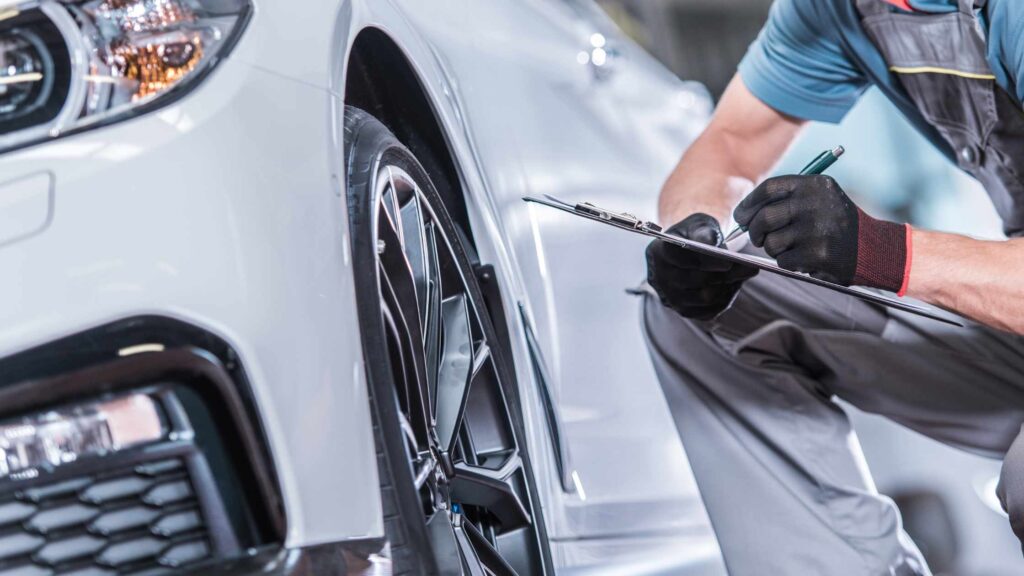Introduction
Jump-starting a car can be a convenient and necessary solution when your vehicle’s battery is dead. However, it’s important to approach this process with caution to ensure your safety and avoid damaging your car’s electrical system. In this article, we will discuss the dos and don’ts of jump-starting a car, providing you with essential guidelines for a successful jump-start.
Do: Inspect Battery Terminals
Before attempting to jump-start a car, it’s crucial to inspect the battery terminals for any signs of damage or corrosion. Corroded terminals can hinder the flow of electricity and prevent a successful jump-start. Ensure that the terminals are clean and intact, and if necessary, clean them with a battery cleaning solution and a wire brush.
Don’t: Cross the Cables
One of the most common mistakes people make while jump-starting a car is crossing the cables. Crossing the cables can result in serious damage to both vehicles’ electrical systems. It’s important to connect the cables correctly, following the specified order: positive-to-positive and negative-to-negative. Double-check your connections to avoid any mishaps.
The Dos of Jump-Starting a Car
Do: Use a Suitable Power Source
When selecting a power source to jump-start your car, always choose a vehicle that has a compatible voltage and engine size. Using a smaller vehicle with a weak battery to jump-start a larger vehicle may not provide enough power for a successful start. If you’re unsure about the power source, consult your owner’s manual or seek professional assistance.
Do: Use Protective Gear
Before initiating the jump-start, make sure to wear protective gear, such as gloves and safety glasses. Jump-starting a car involves handling electrical components that can be dangerous if mishandled. By wearing proper protection, you reduce the risk of injury and enhance your overall safety.
Do: Consult the Owner’s Manual
Every vehicle has its unique jump-starting instructions provided in the owner’s manual. It’s essential to consult the manual to understand any specific requirements or precautions for your particular car. Following the manufacturer’s guidelines ensures that you jump-start your vehicle correctly and avoid any potential damage to the electrical system.
Do: Check the Ground Connection
To establish a solid and safe connection, it’s important to ensure that the negative cable is connected to a suitable ground point on the recipient vehicle. Look for a clean and unpainted metal surface, preferably the engine block or a designated grounding point. Avoid attaching it to moving parts or near the battery to prevent accidents.
Do: Turn Off Electronics
Before initiating the jump-start, turn off all electronics in both the dead vehicle and the assisting vehicle. This precaution prevents any power surges that may occur during the jump-start and protects sensitive electrical components from potential damage. Remember to turn off headlights, interior lights, and audio systems.
The Don’ts of Jump-Starting a Car
Don’t: Smoke or Ignite Open Flames
Jump-starting a car involves handling battery-related components that can release explosive gases. It’s crucial to refrain from smoking or igniting any open flame in the vicinity. Sparks or flames can cause a battery explosion, leading to severe injuries and damage. Prioritize safety by avoiding any open flames during the jump-start process.
Don’t: Allow the Cables to Touch
During the jump-start process, ensure that the cables do not touch each other or any part of the car’s body. Contact between the cables can create sparks and result in electrical arcing, potentially damaging the electrical system. Keep the cables separated and secure them away from any moving parts or hot surfaces.
Don’t: Rush the Process
Jump-starting a car requires patience and precision. Avoid rushing through the process as it increases the likelihood of mistakes and accidents. Take your time to ensure proper connections and follow the necessary steps carefully. Rushing the jump-start may lead to incorrect connections or incomplete transfers of electricity.
Don’t: Disconnect Immediately
Once the dead vehicle starts, it’s important not to disconnect the cables immediately. Allow the engine to run for a few minutes to charge the battery. This ensures that the battery receives an adequate amount of charge and helps prevent the need for another jump-start. Be patient and allow the battery to recharge before disconnecting the cables.
Summary
Jump-starting a car can be a straightforward process if you adhere to the dos and don’ts outlined in this article. Inspect battery terminals, use a suitable power source, wear protective gear, and consult the owner’s manual for specific instructions. Remember to check the ground connection, turn off electronics, and avoid smoking or igniting open flames. By following these guidelines, you can jump-start your vehicle safely and efficiently, avoiding any potential complications or damage to your car’s electrical system.







